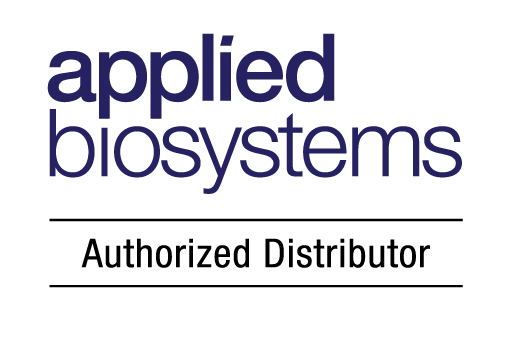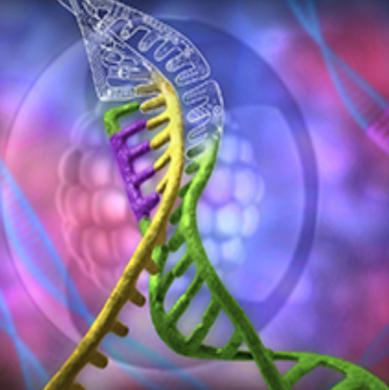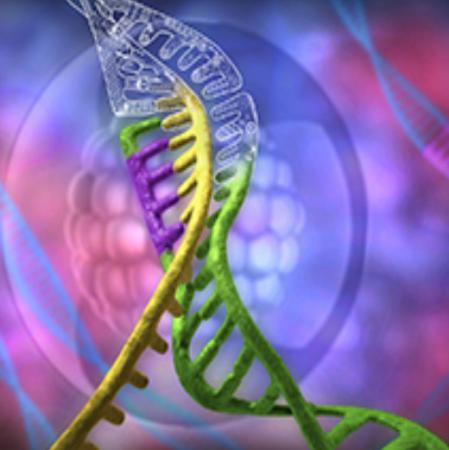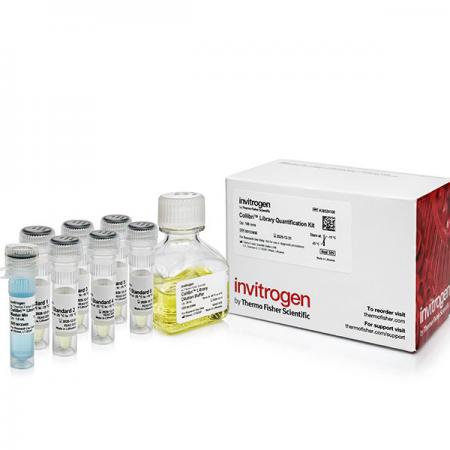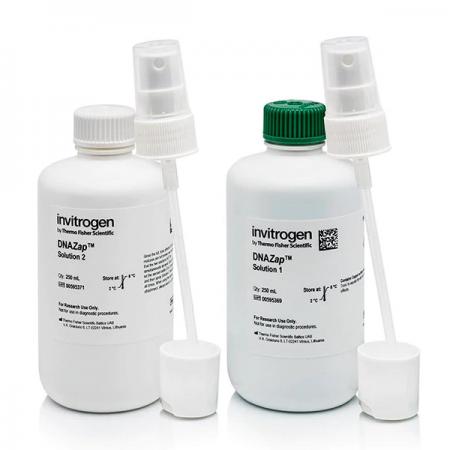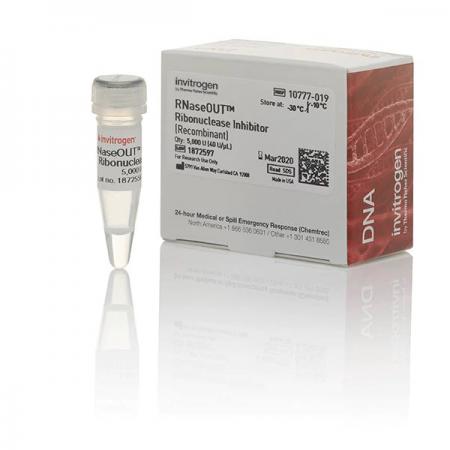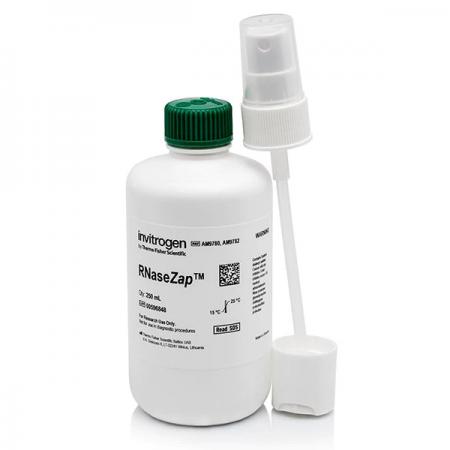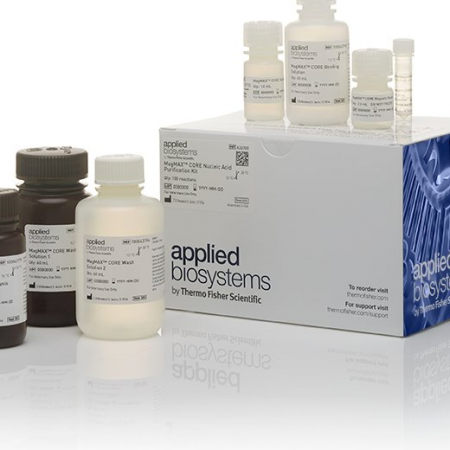CRISPR Cas9 Technology
The transformative CRISPR-Cas9 technology is revolutionizing the field of genome editing. Able to achieve highly flexible and specific targeting, the CRISPR-Cas9 system can be modified and redirected to become a powerful tool for genome editing in broad applications such as stem cell engineering, gene therapy, tissue and animal disease models, and engineering disease-resistant transgenic plants. We've put together a collection of resources that we hope will give you the confidence to get started and to continuously improve your research.
1. What is CISRPR Cas9?
The Clustered Regularly Interspaced Short Palindromic Repeats (CRISPR) and CRISPR- associated (Cas) system is the latest addition to the genome editing toolbox, offering a simple, rapid, and efficient solution. Derived from components of a simple bacterial immune system, the CRISPR-Cas9 system permits targeted gene cleavage and gene editing in a variety of eukaryotic cells, and because the endonuclease cleavage specificity in CRISPR-Cas9 system is guided by RNA sequences, editing can be directed to virtually any genomic locus by engineering the guide RNA sequence and delivering it along with the Cas endonuclease to your target cell. The CRISPR-Cas9 system has great promise in broad applications such as stem cell engineering, gene therapy, tissue and animal disease models, and engineering disease-resistant transgenic plants.
2. How CRISPR Cas9 Works?
The CRISPR-Cas9 system is composed of a short noncoding guide RNA (gRNA) that has two molecular components: a target-specific CRISPR RNA (crRNA) and an auxiliary trans-activating crRNA (tracrRNA). The gRNA unit guides the Cas9 protein to a specific genomic locus via base pairing between the crRNA sequence and the target sequence (Figure 1).
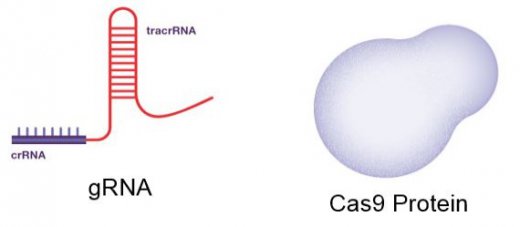
Figure 1. The CRISPR gRNA and Cas9 Protein.
In bacteria CRISPR loci are composed of a series of repeats separated by segments of exogenous DNA (of ~30 bp in length), called spacers. The repeat-spacer array is transcribed as a long precursor and processed within repeat sequences to generate small crRNAs that specify the target sequences (also known as protospacers) cleaved by Cas9 protein, the nuclease component of CRISPR system. CRISPR spacers are then used to recognize and silence exogenous genetic elements at the DNA level. Essential for cleavage is a three-nucleotide sequence motif (NGG) immediately downstream on the 3’ end of the target region, known as the protospacer-adjacent motif (PAM). The PAM is present in the target DNA, but not the crRNA that targets it (Figure 2).
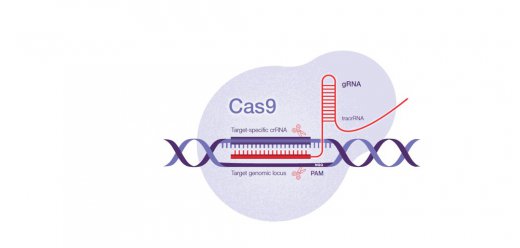
Figure 2. The CRISPR-Cas9 System.
Upon binding to the target sequence, the Cas9 protein induces a specific double-strand break. Following DNA cleavage, the break is repaired by cellular repair machinery through non-homologous end joining (NHEJ) or homology-directed repair (HDR) mechanisms. With target specificity defined by a very short RNA-coding region, the CRISPR-Cas9 system greatly simplifies genome editing (Figure 3).
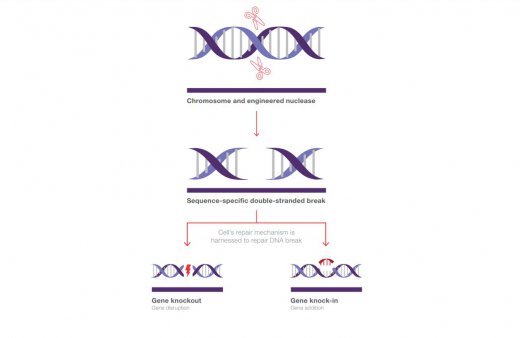
Figure 3. A CRISPR-Cas9 targeted double-strand break. Cleavage occurs on both strands, 3 bp upstream of the NGG proto-spacer adjacent motif (PAM) sequence on the 3’ end of the target sequence.
3. Available formats
Available GeneArt CRISPR-Cas9 genome-editing tools
CRISPR-Cas9 system greatly simplifies genome editing and has great promise in broad applications such as stem cell engineering, gene therapy, tissue and animal disease models, and engineering disease-resistant transgenic plan
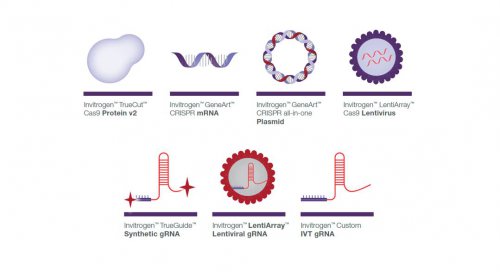
Currently we are the only company to offer the complete suite of genome editing reagents. These gene-editing solutions are paired with optimal cell culture reagents, delivery methods, and analysis tools, based on your application and cell type.
a. Protein CRIPR Cas9

Next-generation Cas9 protein designed to deliver maximum CRISPR editing efficiency
TrueCut Cas9 Protein is designed to deliver consistently higher editing efficiency across a range of gene targets and cell types. We now offer two versions of our performance-leading Cas9 protein to better meet your genome editing goals—Invitrogen TrueCut Cas9 v2, for most common research applications, and our new Gibco TrueCut Cas9 Protein (CTS-Prototype), for pre-clinical research that requires a Cas9 nuclease that is manufactured with stringent specifications.
Invitrogen TrueCut Cas9 v2
- Consistent high performance in all tested cell lines including standard, primary, stem, and immune (>90% editing in T cells).
- Up to 2X higher editing efficiency in difficult targets than the competition
- High quality: manufactured under strict ISO 13485 quality standards
Gibco TrueCut Cas9 Protein (CTS-Prototype)
- Consistent high performance in all tested cell lines (>90% editing in T cells).
- Higher strigency manufacturing in compliance with standards for Ancillary Materials for Cell and Tissue-Based Products including USP <1043>, Ph.Eur. 5.2.12, and ISO 20399 -1, -2, -3, following the principles of 21 CFR Part 820 in a FDA–registered manufacturing site.
- Traceability documentation and extensive safety testing, including bioburden, endotoxin, mycoplasma, residual host nucleic acids and protein
- Aseptic manufacturing using single-use technology
- Sterile filling in a Class A/B cleanroom
- Large pack sizes: 2.5 and 5.0 mg at a 10 mg/mL concentration
b. CRISPR gRNA
High quality gRNAs for any CRISPR application
When using the CRISPR-Cas9 system to knockout gene expression or knock-in a specific mutation, the design, production, and delivery of high quality gRNAs are critical to achieving a successful result. The scientists at Thermo Fisher Scientific have developed multiple CRISPR gRNA solutions to help you realize your goals and develop high impact models to move your research forward
Available formats
- TrueGuide Synthetic gRNA
- LentiArray Lentiviral gRNA
- IVT gRNA Custom Service
c. LentiArray Cas9
Invitrogen LentiArray Cas9 Lentivirus provides an efficient method to drive high level Cas9 nuclease expression in a wide variety of cell types. The LentiArray Cas9 lentivirus construct includes a human codon optimized version of Cas9 with 2 nuclear localization signal (NLS) (one on C-terminus and one on the N-terminus) to facilitate efficient delivery into the nucleus. LentiArray Cas9 lentivirus gives you the ability to create a stable pool of Cas9 expressing cells or isolate stable Cas9 expressing clones.
d.CRISPR Cas9 mRNA

Ready-to-transfect GeneArt CRISPR Nuclease mRNA circumvents time-consuming cloning steps needed when using CRISPR vector systems. Simply co-transfect Cas9 mRNA with in vitro transcribed guide RNA (IVT gRNA) or a synthetic gRNA expression cassette. Following transfection, the Cas9 protein is directed by gRNA to target specific genomic locus. This system allows multiplex genome editing, where multiple target gene sequences can be edited simultaneously in a single transfection reaction by adding multiple gRNAs. The system is versatile and simple to use, and changing target specificity only requires a change in the gRNA design.
e. Plasmid CRISPR Cas9

The powerful CRISPR gene editing technology transforms research at an astonishing rate. Read about a five-step approach for DIY CRISPR workflow, with focus on CRISPR-Cas9 vector design, its construction and delivery into cells, possible ways for mutant genotyping and characterization. We’ve refined and optimized each step to help ensure maximum editing efficiency across a broad spectrum of cell types.
f. CIRSPR Controls
High quality controls play an integral role in the successful development and performance of high throughput screens. Thermo Fisher Scientific provides a complete collection of validated positive and negative controls to help you optimize delivery conditions, maximize editing efficiency and establish hit selection criteria. These controls can help you build assays with a better signal to noise ratio and give you more confidence in the hits that emerge from your screens.
a. CRISPR Cas9 Protein
|
Products |
Unit Size |
Cat.No |
|
10 µg |
||
|
25 µg |
||
|
100 µg |
||
|
500 µg |
b. CRISPR gRNA
- TrueGuide Synthetic gRNA
- CRISPR LentiArray
- IVT gRNA Custom Service
c. LentiArray Cas9
|
Products |
Unit Size |
Cat.No |
|
100 µL |
||
|
1 mL |
d. CRISPR Cas9 mRNA
|
Products |
Unit Size |
CAt.No |
|
15 µg |
Collibri™ NGS Library Prep Kit
Product name: Collibri NGS Library Pre Kit
Manufacture: Invitrogen/ Thermo Fisher Scientific
MagMAX™ CORE Nucleic Acid Purification Kit
The MagMAX CORE Nucleic Acid Purification Kit is a highly-effective solution for purifying RNA and DNA from an expansive range of veterinary sample types




